
Addressing a Year of Continued Crisis: Financial Results Announcement Q&A Session
Toyota announced its FY2022 financial results on May 11.
They showed record high sales and profits, despite the forecast of lower profits due to surging material prices and other forces.
See also: A 5-min Overview of the FY2022 Financial Results
Following the presentation, Toyota executives responded to reporters’ questions about a variety of topics, like the ongoing COVID-19 pandemic, production cuts due to parts shortages, soaring materials costs, the war in Ukraine, and slowdowns in various markets.
The variety of topics reflects the increasingly wide range of issues affecting Toyota's business.
How does Toyota view and plan to respond to this uncertain and increasingly harsh environment? Below is an excerpt of Toyota executives’ answers to key questions.
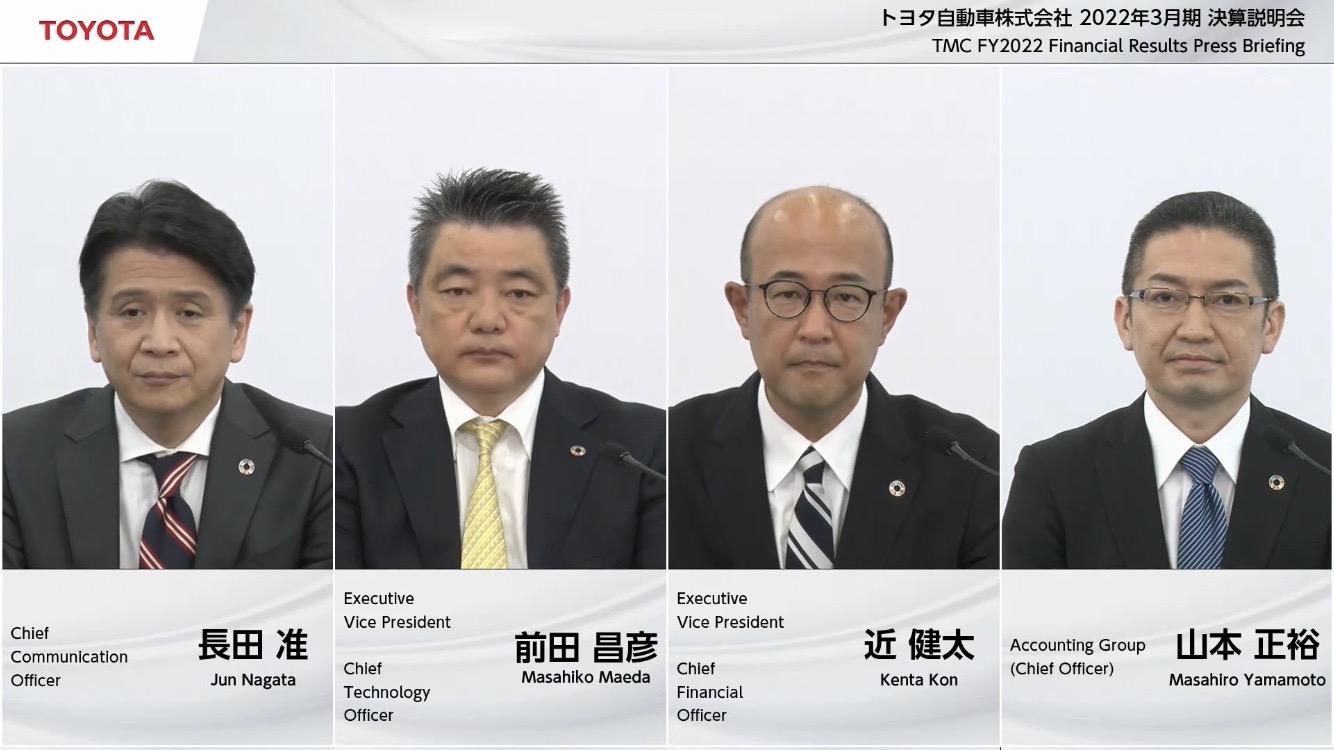
Topic I: Restricted production due to COVID-19 and parts shortages
Question: The previous fiscal year’s plan was repeatedly revised downward and ended up at 8.57 million units. What is the basis for this year's 9.7 million unit plan, especially with ongoing issues like the chip shortage?
Masahiro Yamamoto, Accounting Group Chief Officer
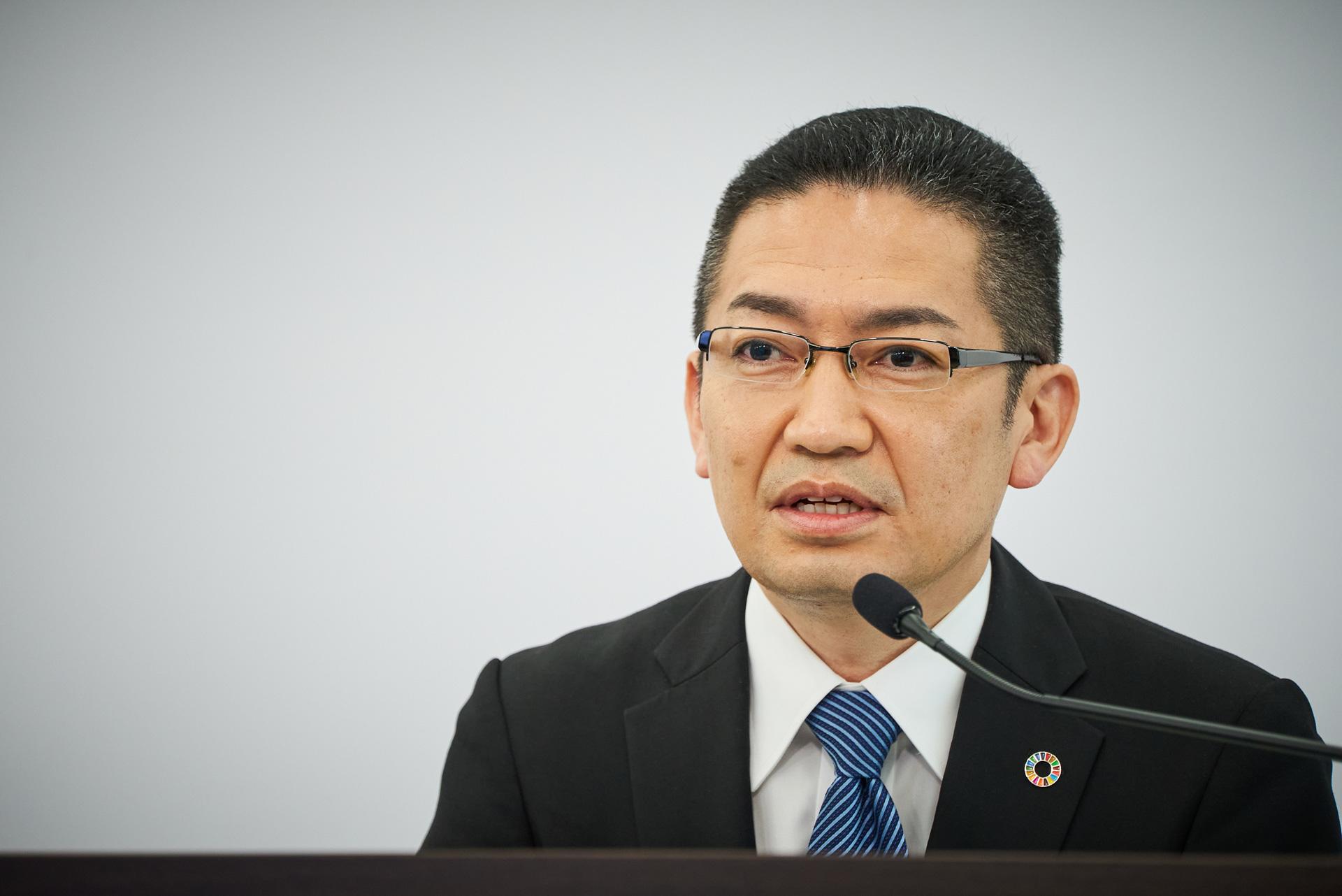
Last fiscal year, we had to revise our production plan downward many times. Even so, our production members and suppliers continued to put all their heart and soul into producing each car. We are sincerely grateful for that.
We have set this year’s production plan at 9.7 million units. We have to ensure safety and quality above all else as we produce each and every car. We made the plan with these basics in mind.
We are starting the year with this plan as our basis, although we may face unexpected changes in the future.
In formulating this plan, we included the expected impacts of the COVID-19 and chip supply situations, as well as other known factors.
I recently visited our supplier’s worksites and learned how they had a hard time dealing with sudden production decreases; they have to replace people or move them to other jobs, or there may be a surplus of parts with no place to put them.
If we could let them know our adjusted plans earlier, they would be able to lower the cycle time and continue working without stopping manufacturing lines. That way, they could also continue investing in personnel by using spare time on kaizen activities.
I believe that manufacturing genba (worksite) is the source of our improved profit structure. With that in mind, we want to continue our efforts internally and with suppliers.
Topic II: Rising materials costs & passing on costs
Question: The previous year’s (FY2022) materials cost impact was 640 billion yen, while this year (FY2023) it is growing to 1.45 trillion yen. How do you view the market now?
Kenta Kon, Chief Financial Officer
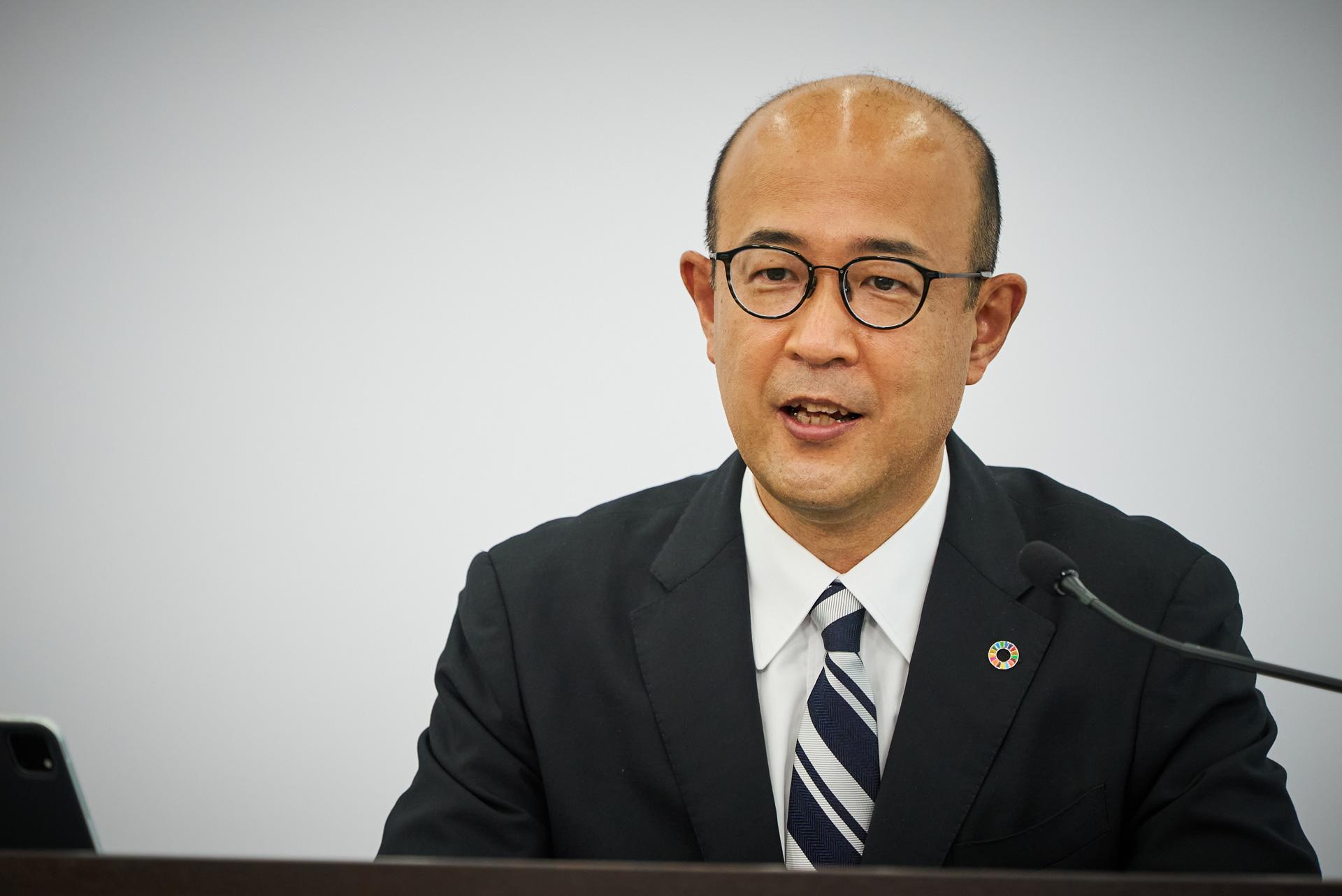
We are facing an unprecedented level of material costs for the ongoing fiscal year. Last year’s 640 billion yen was the largest impact in our history, but this year’s 1.45 trillion yen is more than twice that.
We have a rule with our suppliers that, in principle, Toyota bears the brunt of excess materials costs. Based on that rule, we have estimated an impact on a global basis in light of current market prices.
We have to work together as a team with suppliers in dealing with the rising material costs. We need a collaborative effort to reduce the amount of materials used or replace them with less expensive materials.
Of course, as an automaker, we must develop products that are appealing to customers.
We cannot simply raise prices across the board. As a company, we have to enhance cost competitiveness.
We need to accelerate efforts to achieve our long-standing annual cost improvement of 300 billion yen more seriously than ever.
Question: As various overseas automakers raise their retail prices, what is Toyota’s approach to passing on higher costs to customers through price hikes?
Jun Nagata, Chief Communication Officer
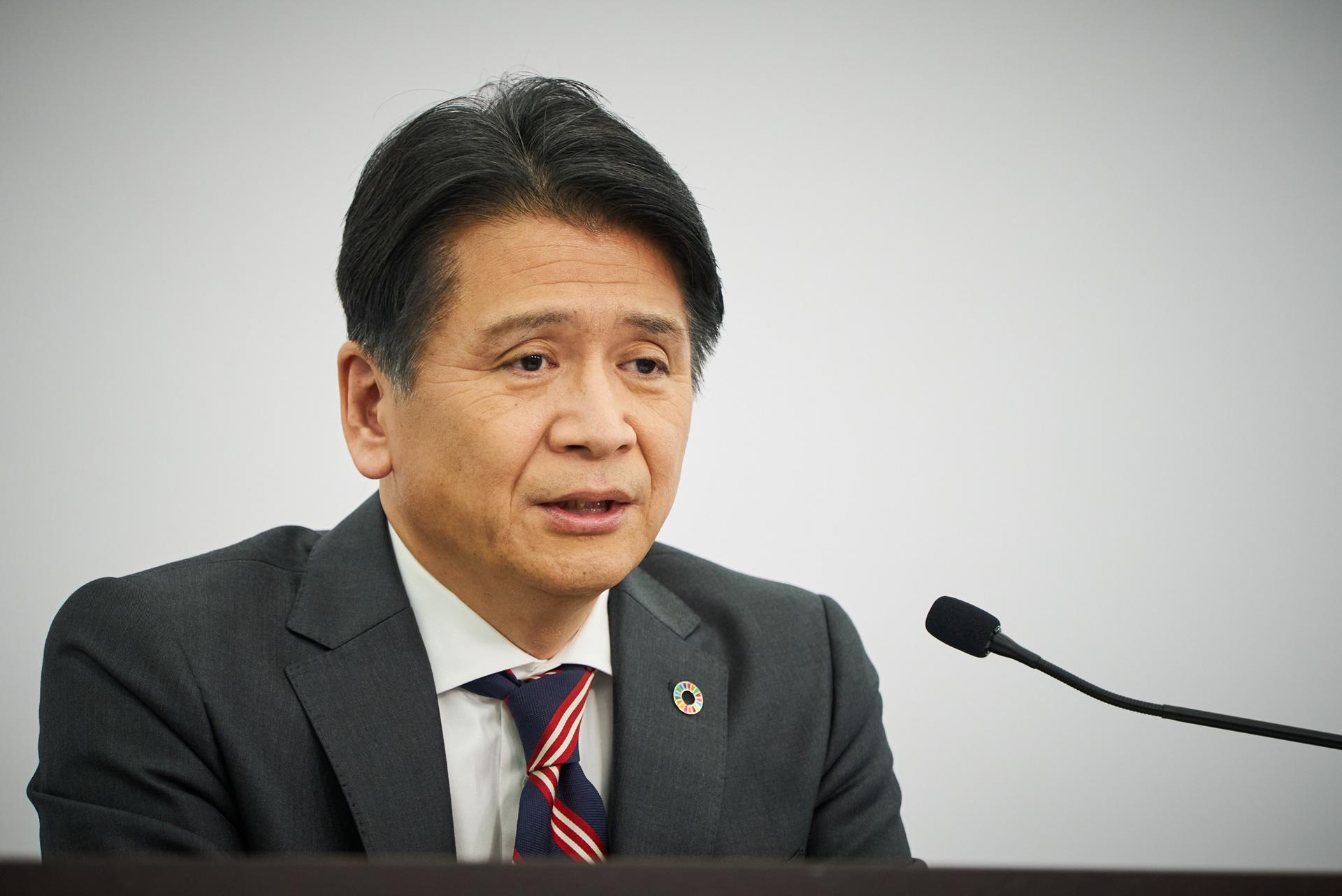
Toyota is a company that offers a full lineup of passenger and commercial vehicles on a global scale.
We plan and price various products while considering diverse customer needs and situations in each market.
Some customers can afford a little higher cost in response to this inflation, but there are many customers who depend on their cars as a means of daily transportation.
It is not easy to ask them to pay more just because we are facing surging material costs and inflation.
Our basic stance is that we want to set prices based on a detailed examination of each region/line-up and whether or not a price increase would be acceptable.
Also, Toyota has many long-selling cars like Crown, Corolla, and Hiace.
Many customers have a strong idea of their product quality and price levels after long years of loving these cars.
We carefully consider these expectations when planning a model change, and that is why a sudden price hike during a model life is not an easy option.
We will try our best to meet customer expectations through long-term cost improvement efforts, rather than trying to absorb the cost in a single year.
Topic III: BEV demand and competitiveness in electrification
Question: Toyota has said in the past that the majority of global battery EV (BEV) demand is for use as a second car, but what is your latest view?
Masahiko Maeda, Chief Technology Officer
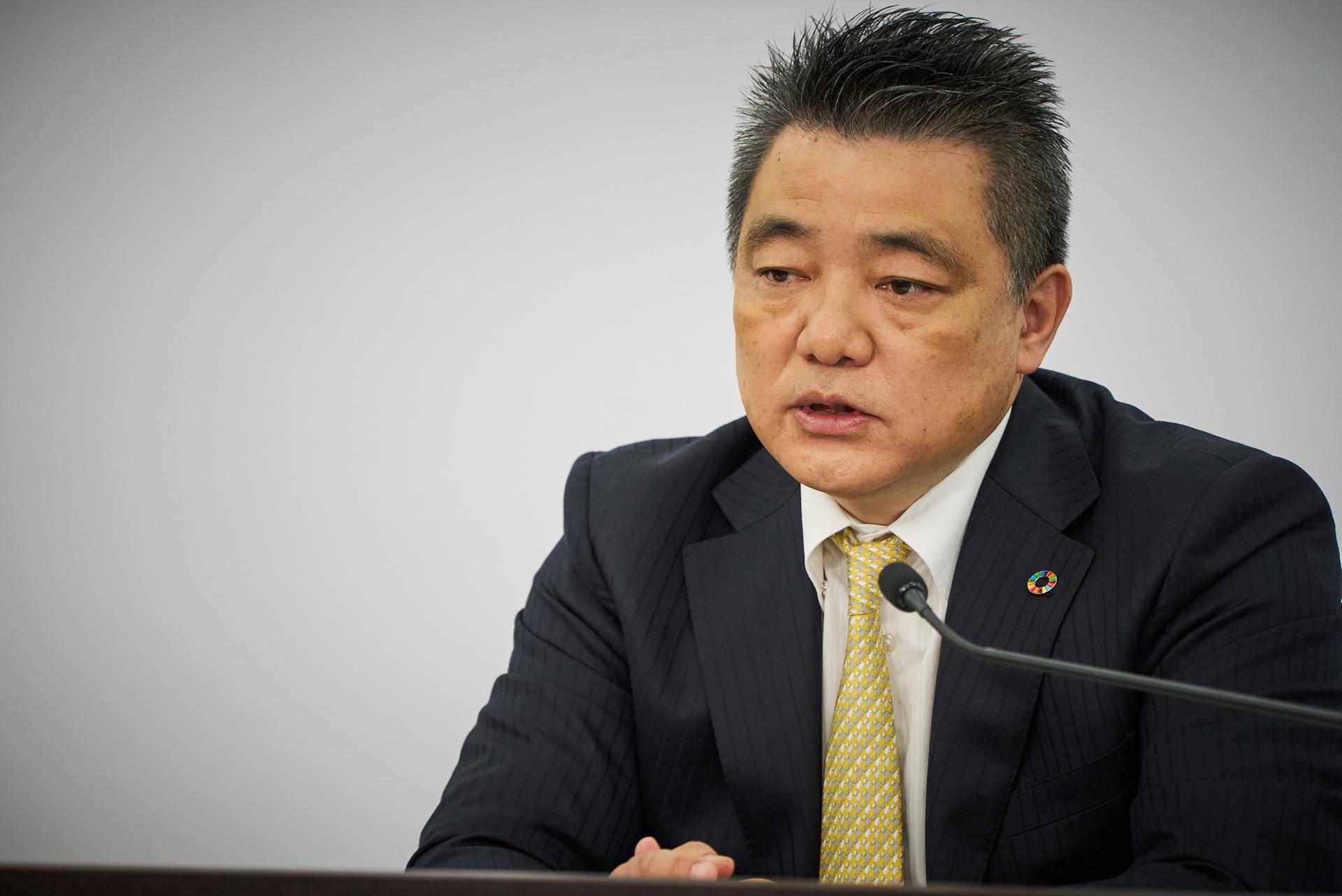
I feel that the BEV trend has been accelerating quite quickly. This is partly due to expanded product lineups and more choices that automakers now provide customers, as well as strict new environmental regulations, particularly in the U.S.
The U.S. is the first country to set such strict regulations. This will be one of the biggest factors for automakers in accelerating BEV efforts.
Customer expectations are rising as I hear the preliminary reviews for Lexus RZ and Toyota bZ4X are good.
With the positive market response and strict regulations, more information suggests that BEV demand is growing.
However, I believe BEVs still face many uncertainties, including the impact of surging material costs. Customers are extremely sensitive to price increases and the benefits of government subsidies. We need to carefully watch those factors in each region.
Question: I hear that batteries make up about half the cost of a BEV. How do you plan to maintain competitiveness when electrification changes the cost structure?
Masahiko Maeda, Chief Technology Officer
We believe that it is the customer who makes a choice, and I believe that is the key to competitiveness.
Some customers choose a car based on quality and affordability, while others choose one that adds value as an expression of their lifestyle. In areas with a very harsh natural environment, customers may prioritize a driving experience ensuring peace of mind.
In the past, we tended to give a higher priority to models with a large sales volume or profitability in making cars. But now that we have an in-house company system, each vehicle company can focus on improving their product lineups while internally competing with each other. This structure has allowed us to deliver better products to our customers.
As a global automaker with a full lineup of products, we get various customer feedback in many regions all over the world. Our best-in-town activities are the key to understanding customer needs.
We have listened carefully to real customer input through these activities, rather than focusing on survey points. This is also part of Toyota’s long-standing efforts to improve its profit structure.
Working closer to customers hones our member’s skills too. I believe such continued structural improvements will lead to providing products that customers choose.
Topic IV: Hino Motors’ Emissions Misconduct
Question: Hino Motors’ emissions issue has damaged customer trust and caused shipment suspension. As its parent company, how do you view the current situation?
Kenta Kon, Chief Financial Officer
Hino Motors’ misconduct has damaged the trust of its stakeholders, causing inconvenience to customers, dealers, suppliers, and government authorities.
It is truly regrettable, and as the parent company, we are deeply sorry.
We feel an obligation as the parent company to support and work together with Hino to regain the trust of all involved.
A Special Investigation Committee of outside experts is currently making great efforts to investigate the misconduct’s root cause.
We will support Hino in addressing issues in the areas of governance, corporate culture, and business structure based on the investigation’s findings. Above all, we will work hard together to help regain customer and stakeholder trust. Again, we apologize for causing such a great deal of trouble.
Topic V: Slowdowns in various markets
Question: How do you forecast car sales market slowdowns with issues like inflation in Europe and the U.S., and China’s zero-COVID policy?
Jun Nagata, Chief Communication Officer
Forecasting the market has been more difficult than ever this year. One positive factor around the world would be economic recovery from COVID-19.
On the other hand, one of the negative factors is inflation, including rising material costs.
The situation in Ukraine has brought various negative effects. The tight supply situation, including the chip shortage, is also a downside. We expect to see a mix of positive and negative factors this year.
It is difficult to make predictions region by region, but in general we expect the car sales market in China and the U.S. will be slightly higher than last year.
In Japan and Asia, we forecast about the same market level as the previous year.
The most difficult market to predict is Europe, as the recent situation in Ukraine is likely to hit the economy hard with unstable energy issues and surging material costs. Our forecast is that the European market will be lower than last year.
Market conditions are changing every day, so we will adapt our forecasts based on the real changes, and continue to improve our profit structure while trying to shorten customer delivery times.
Topic VI: The situation in Ukraine and Russia
Question: Please tell us about future plans for your business in Russia in light of the situation in Ukraine and Russia.
Jun Nagata, Chief Communication Officer
Since February 24, Russia’s invasion of Ukraine has caused a great loss of life.
It has threatened the safety and lives of many more, and caused energy and food shortages, particularly in Europe. We at Toyota, like many others around the world, are deeply concerned about this situation.
The unimaginable suffering we have seen demonstrates how war destroys human happiness. We pray for an end to the invasion and the restoration of peace and security in Ukraine and the world as soon as possible.
Toyota has 100 million customers around the world, as well as many partners and stakeholders.
We need the support and understanding of all our many stakeholders. We will continue to consider how to deal with the issue of our business in Russia with that in mind.